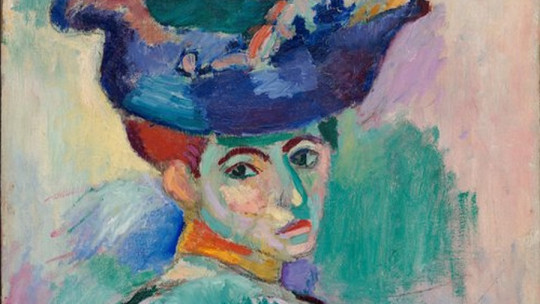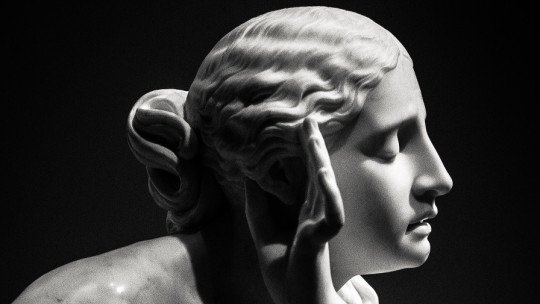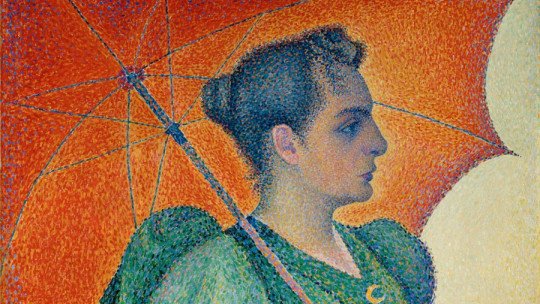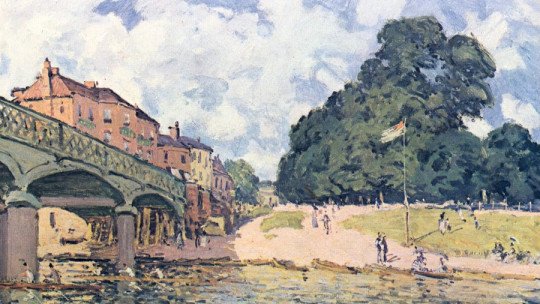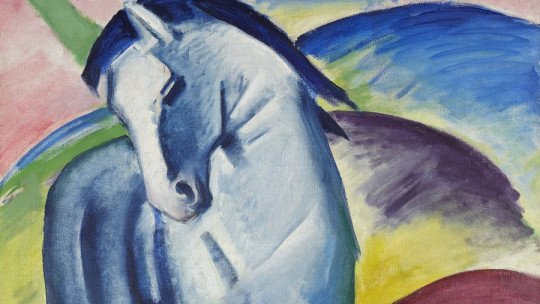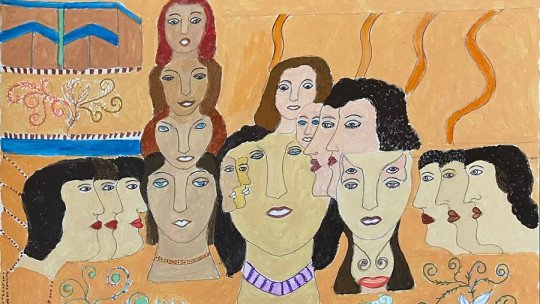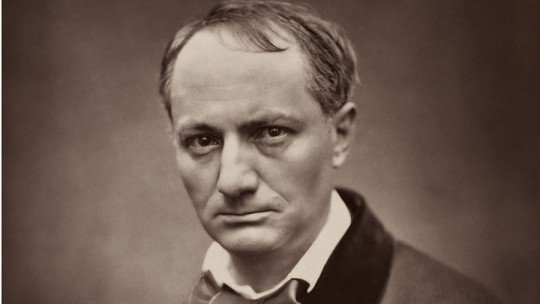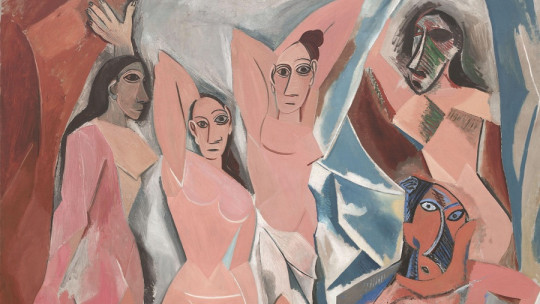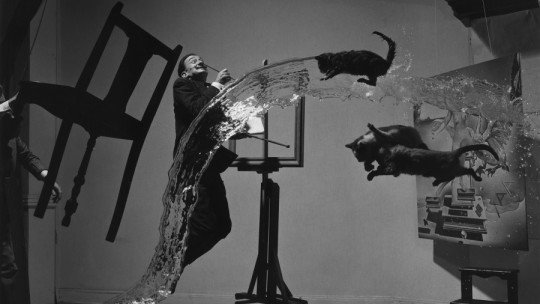
In October 1905, Parisians were able to officially witness the first artistic avant-garde It was an exhibition organized at the Grand Palais, which brought together, for the first time, the great names of Fauvism, the movement that is traditionally considered the beginning of the avant-garde.
However, this is not exactly the case. The Impressionists had already rebelled against the precepts of the academy in the 1870s. Much earlier, other movements, such as the Pre-Raphaelites or the Nazarenes, had also reacted against the absolutism of official art. Why are they not included, then, within the avant-garde? And, to begin with, what exactly defines the avant-garde?
In this article we will give a brief review of the avant-garde, its origins and its characteristics.
What is avant-garde?
The concept Vanguard It is inevitably related to its original meaning, of a clear military nature. In the artistic field, it refers to trends that present a strong critical attitude against society and norms, especially against the rules of artistic creation. One of the important aspects when defining avant-garde is that it must be practiced by a group of artists.
Throughout the history of art we find authors who have distanced themselves, to a greater or lesser extent, from official precepts. It is even possible to find a small number of artists, generally linked to a school or with the same origin, who at some point have worked more or less together and have been mutually inspired. This is the case, for example, of the Barbizon school, framed in the realist movement.
Historical context: children of the Great War
However, It is commonly accepted that, to be considered avant-garde, an artistic movement must be accompanied by a manifesto, in which the founding group publicly expresses its intentions and objectives. For this reason, the inclusion of movements such as Fauvism or Expressionism in the great bag of avant-garde is very debatable, since they were artists united by certain ideals and a common aesthetic, but who at no time had a solid consciousness of cohesion, nor did they express it officially in any founding manifesto.
On the other side of the coin, there are the movements that did have group consciousness and expressed their ideals in writing, but that, despite this, are not included within the avant-garde. This is the case of the aforementioned Pre-Raphaelites, who 1) were aware of belonging to an artistic group and 2) did put their objectives in writing. Why then is the Pre-Raphaelite Brotherhood not included among the avant-garde? The answer is actually simple. The avant-garde, as we understand it, are children of a very specific context: the crisis of values that had taken over the West at the end of the 19th century. At this time, when the great conflict that would dismember the European continent a few years later is predicted, A profound religious and social crisis ensues that plunges many intellectuals into acute pessimism The incessant search for a vital meaning leads many artists to play with an art of provocation and rebellion that, in addition, captures in their works the ugliness of big cities, progress and the darkest part of the human being.
Thus, the expressionists represent human beings-automatons on their canvases, whose faces are, in general, masks. Dadaism elevates trivial aspects of everyday life to the category of art (remember Duchamp’s urinal) in a clear denunciation of artistic marketing and its norms. Cubism “decomposes” reality and creates it again from an original and completely new point of view. The surrealists, for their part, collect the most hidden part of the human psyche and put it under the nose of hypocritical bourgeois society.
But, above all, the great event that marks the generation of the avant-garde is the First World War, which further sinks the world in which the avant-garde was born. It is the great scar of the artists of the generation; some, like the expressionist Auguste Macke (1887-1914), even died in the conflict.
The 6 most important avant-garde movements
What are the most important currents framed within avant-garde? It is not our intention in this article to take an exhaustive tour of each of them, since we only intend to briefly summarize what the avant-garde consists of and why it originated. However, we believe it is essential to review its most important movements.
1. Fauvism
Traditionally considered the first of the avant-garde, experts currently doubt whether to keep Fauvism within avant-garde art. Because, Although it was a movement with very different characteristics from official art, it did not have a manifesto, nor did its members enjoy strong cohesion while it lasted
Fauvism did not intend to make any social denunciation, as Expressionism and Dadaism did, for example. Its essential characteristics are aesthetic in nature. On the one hand, they collect from the pointillists the use of direct color on the canvas, without mixing; On the other hand, they are among the first artists to use tonality with an exclusively expressive and non-realistic character. This is why many expressionist painters (such as Kirchner or the first Kandinsky) took their concept of color from the Fauves.
2. Expressionism
Violently confronted with society, expressionism It is perhaps the first avant-garde that represents, exclusively, a denunciation Indeed; More than an aesthetic renewal, the expressionists aim, through their work, to rebel forcefully against the world in which they have lived.
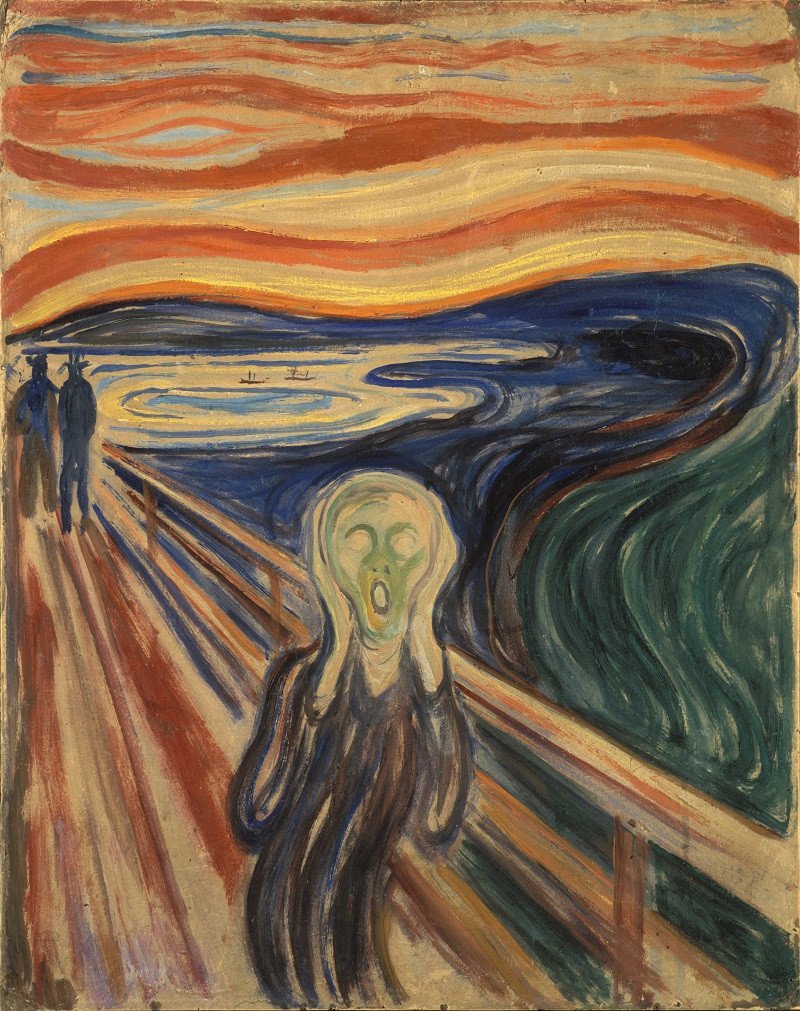
The expressionists focus their interest on everything that bourgeois society detests: madness, sex, prostitution, the marginalized, the excluded. His paintings are a strong denunciation, usually captured in an “unaesthetic” way; disfigured faces, machine men and women, shadowy cities and other disturbing elements. Some of its most famous representatives are Ernst Ludwig Kirchner (1880-1938), the leader of the group Die Brücke (The bridge); Emil Nolde (1867-1956) or George Grosz (1893-1959). On the other hand, Franz Marc (1880-1916) and Vasili Kandinsky (1866-1944) are the essential names of The Blue Reiterthe other great expressionist group, which allowed the soul to express itself through color (very much in line, therefore, with the Fauves).
3. Futurism
In 1909, the first avant-garde manifesto was finally born It is the manifesto of futurism, a movement that was born in an Italy dotted with problems and social struggles. Like all other avant-garde movements, futurism aims to be a reaction to tradition, and it does so in a radical and curious way: placing all its emphasis on modernity and technology.
Thus, futuristic works are based on “modern” concepts such as speed, the engine, the lights of big cities, sports; In short, everything that represents the modern human being. For this reason, futurism is, in essence, radically opposed to expressionism, which fled precisely from the progress that was bringing Europe to the brink of war. In fact, some of its most significant representatives, such as Filippo Tomasso Marinetti (1876-1944), went to the extreme of considering war as “social hygiene.”
4. Cubism
It is probably one of the best-known avant-garde movements. Unlike other avant-garde movements such as expressionism or futurism, more inclined to a social ideology and evidently emotional, cubism is a much more rational current This is why cubist authors, especially during the so-called analytical cubism, almost radically dispense with color, and focus their chromatic range on browns, blacks and grays.

The main idea behind this movement is to “break” the object, fragment it and build it again with another perspective, uniting planes that are not juxtaposed in reality. In its second period, synthetic cubism, analysis loses strength and artists simply “summarize” what they see. In both one and the other, some of the great names of Cubism are George Braque (1882-1963), Juan Gris (1887-1927) and, of course, Pablo Picasso (1881-1973).
5. Dadaism
Directly linked to its predecessors, whose objective was focused on social denunciation, Dadaism or Dada was created in Zurich as the bitter fruit of the collective disappointment of young European artists. For Dada, nothing makes sense anymore, not even the name of the movement, which means absolutely nothing
Dadaists deny everything, even art itself. Hence Marcel Duchamp (1887-1968) presented a toilet to the Society of Independent Artists, or he drew mustaches for the Mona Lisa on a plate, accompanied by a sufficiently provocative phrase (She has a hot ass), which was formed by quickly reading some single letters in French.
6. Surrealism
It was one of the last avant-garde movements to appear, but probably one of the ones that had the deepest impact. And, inspired by the theories of Sigmund Freud and the advances of psychoanalysis, in 1924 André Breton (1896-1966) and his colleagues published the first surrealist manifesto, where they set out the objectives of the new movement.
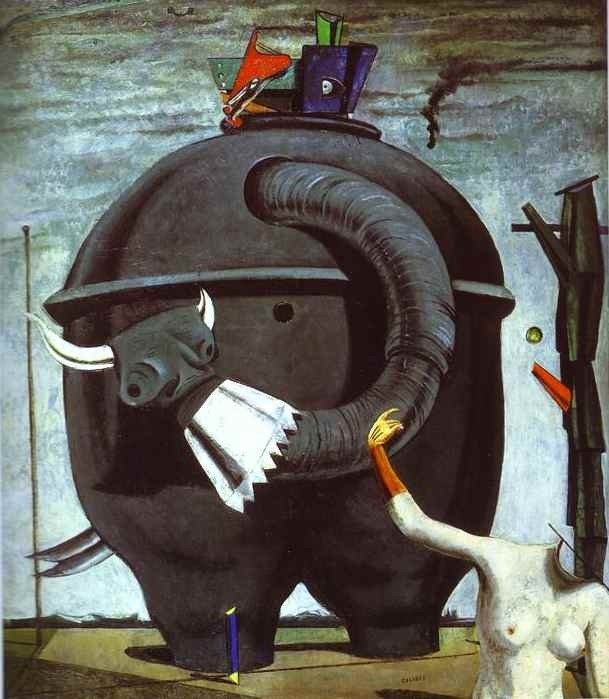
Surrealism tries, like the other avant-garde movements, to “annoy” the bourgeoisie. The resource used in this case is the world of the unconscious, where it is assumed that all the fears and desires that society does not want to face are waiting hidden (among them, the great bourgeois taboo subject: sex).
So, Surrealists penetrate the human psyche and try to “rescue” all the material stored in it, through different techniques. Although at first Breton and the others used the so-called “automatic writing”, through which the unconscious was given freedom to put on paper whatever it wanted, later some authors such as Salvador Dalí (1904-1989) distanced themselves from this. method and followed their own path. In the case of the Catalan painter, through his paranoid-critical method that played with visual traps to deceive, in this way, the viewer.

